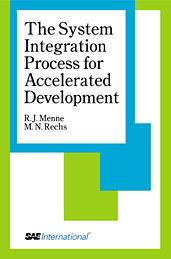Technical Paper
Vehicle Application of a 4-Cylinder Tumble DISI Engine
2001-03-05
2001-01-0735
SI engines with gasoline direct injection are currently the focus of development for almost all car manufacturers. After the introduction of DISI engines, first to the Japanese market and after a short time delay also in Europe, a broad variety of technical solutions for efficient stratified concepts can be stated. The targets of the development activities in this field are defined by legislation and customer's demands. The potential reduction of fuel consumption with stratified operation has to be combined with a further improvement of the full load potential of the DISI engine. A substantial part of the development activities are the fulfillment of current and future emission standards. Therefore, in order to realize a highly efficient lean operation, new technologies and strategies in the field of exhaust gas aftertreatment and vehicle application are required.

